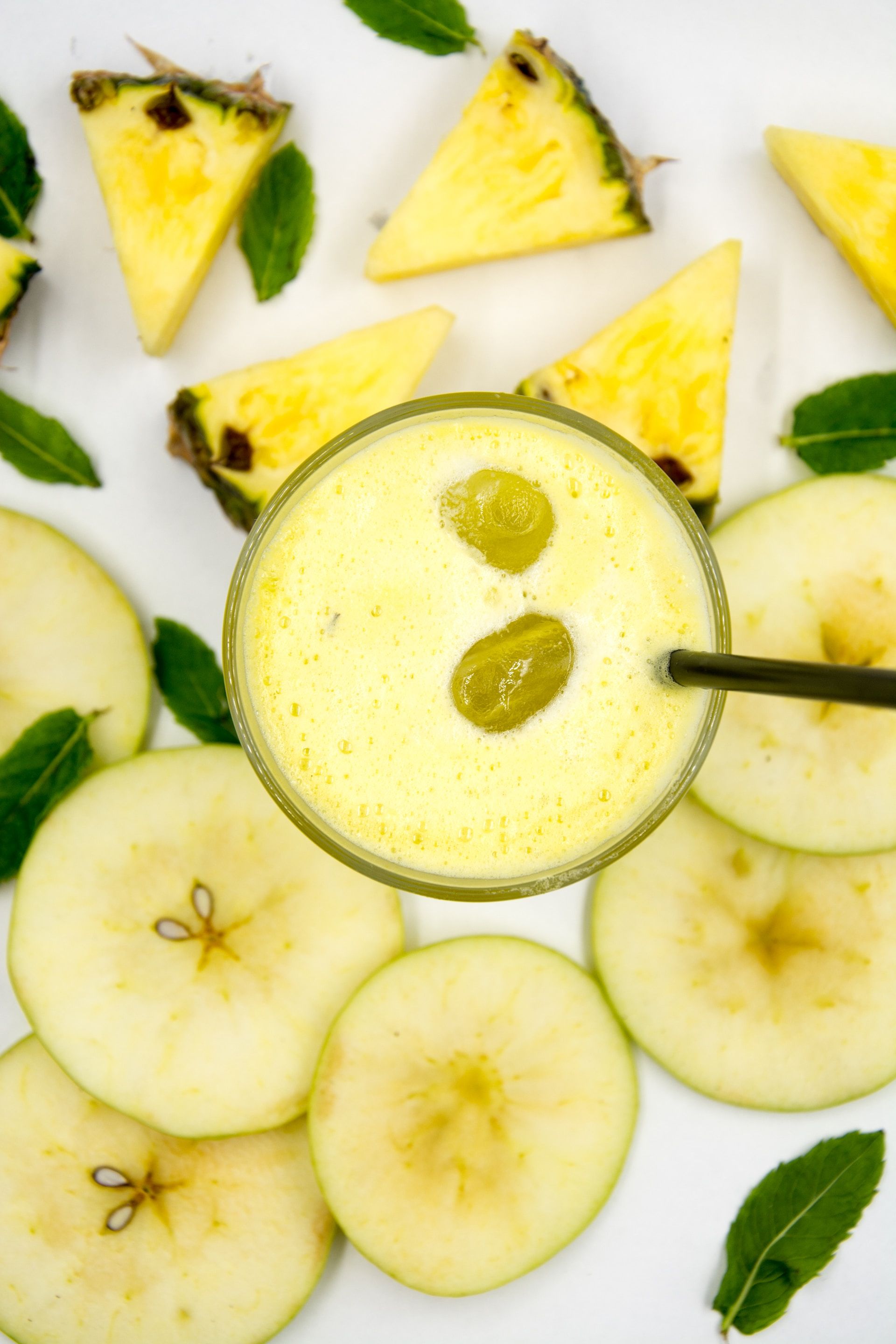Jessica Jacob, Spanish and English Instructor
Food and Culture
When visiting another country where we either do not know the language or have a basic grasp of it, it is both fun and rewarding to find easy, practical ways of acquiring common words or phrases. Since learning about the cuisines of other peoples can provide a window into their culture, a great place to start is through food.
Traveling throughout different parts of Mexico these past five months, my husband, who has worked as a chef in various countries, has taken a particular interest in developing his Spanish skills through learning about some traditional Mexican dishes and consuming copious amounts of fresh juices (jugos).
Traveling throughout different parts of Mexico these past five months, my husband, who has worked as a chef in various countries, has taken a particular interest in developing his Spanish skills through learning about some traditional Mexican dishes and consuming copious amounts of fresh juices (jugos).

Empty space, drag to resize
Empty space, drag to resize

A particularly popular breakfast (desayuno) dish is Chilaquiles, which is composed of fried tortilla strips sauteed in a rojo (red) or verde (green) salsa and topped with a combination of cebolla (onion), frijoles (beans), huevos (eggs), queso (cheese) or pollo (chicken).
Besides being delicious, a traveler can learn eight common and useful Spanish words by simply reading the description of Chilaquiles on the menu and then examining the finished product when it arrives at the table.
Fun fact! You eat Chilaquiles with a fork because the tortillas are soft.
Besides being delicious, a traveler can learn eight common and useful Spanish words by simply reading the description of Chilaquiles on the menu and then examining the finished product when it arrives at the table.
Fun fact! You eat Chilaquiles with a fork because the tortillas are soft.
In regard to the fresh juices (jugos), by ordering a different flavor each day my husband got to know the Spanish names of many different fruits, such as: pina (pineapple), maracuya (passion fruit), naranja (orange), toronja (grapefruit), and tamarindo (tamarind). A simple thing like ordering a fresh juice can even teach us about cognates, as tamarindo (Spanish) is the cognate of tamarind (English).

Empty space, drag to resize
At Freestyle, we love to travel, to eat, and to learn words the fun way, in context, on a menu and maybe even in another country! To become proficient in a language takes time and effort. However, developing a love for language may be as easy as ordering breakfast.
Are you looking for fun ways to improve your vocabulary?
Follow our Spanish phrase of the day on Instagram or join us for a Virtual Café to practice conversation
(try your first class for only $10)!
About the Author: Jessica Jacob
Originally from Guadalajara, Mexico, Jessica speaks Spanish as her first language. As her family immigrated to the United States when she was five years old, she acquired English through an ESL program, developing a fascination for languages and cultures from a young age. This appeal led her to pursue French as a third language. Upon receiving her B.A. in Spanish Language, Literature and Culture, with a minor in French in 2008, Jessica enrolled in a Study-Abroad program in Angers, France, that transformed her life and inspired a love for travel and human connection.
Learn more.
Originally from Guadalajara, Mexico, Jessica speaks Spanish as her first language. As her family immigrated to the United States when she was five years old, she acquired English through an ESL program, developing a fascination for languages and cultures from a young age. This appeal led her to pursue French as a third language. Upon receiving her B.A. in Spanish Language, Literature and Culture, with a minor in French in 2008, Jessica enrolled in a Study-Abroad program in Angers, France, that transformed her life and inspired a love for travel and human connection.
Learn more.
Freestyle Languages
Language learning your way.
